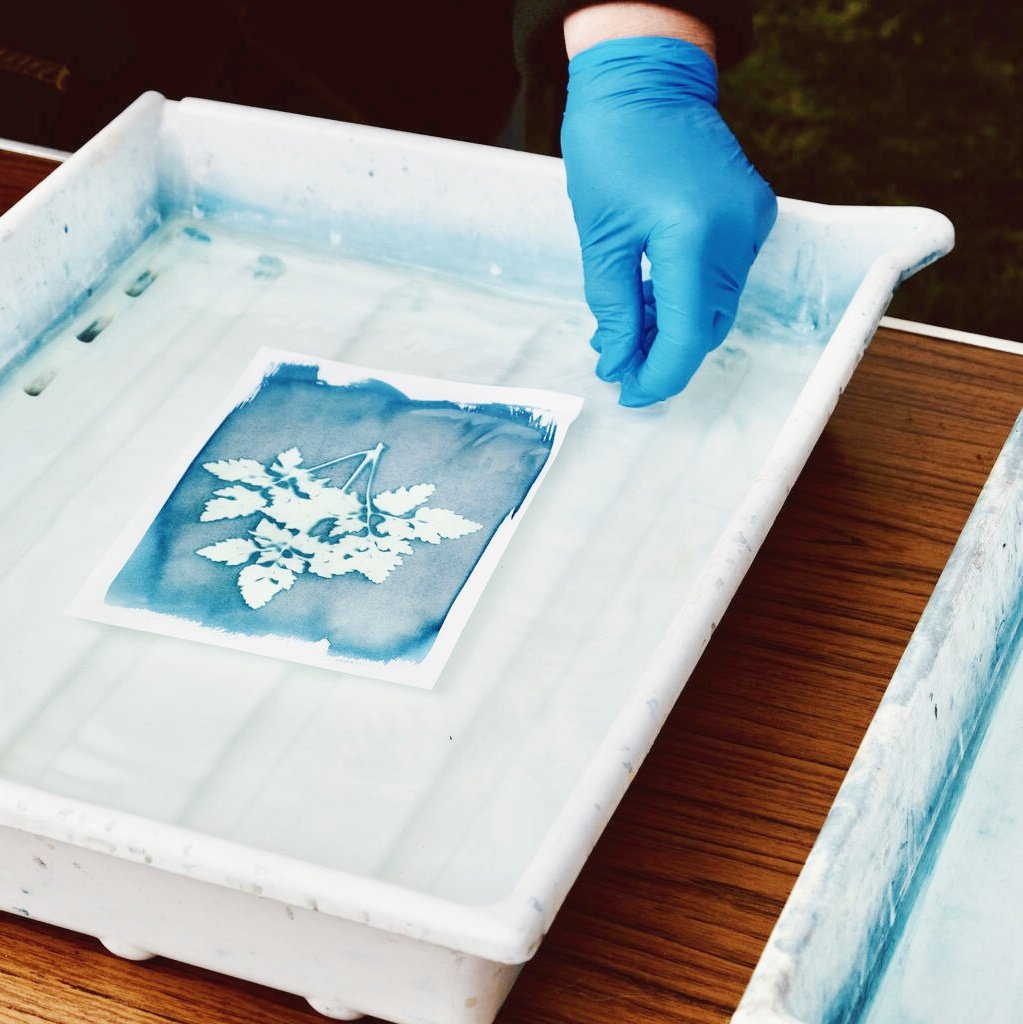Plastisol ink is a popular choice for screen printing, renowned for its durability, vibrant color options, and ability to create high-quality prints on a variety of fabrics. Whether you are a seasoned screen printer or just getting started, understanding Plastisol ink and its applications is key to achieving professional results.
In this article, we’ll explore what Plastisol ink is, how it works, and answer common questions like “Plastisol ink near me” for local sourcing, and how to make the most of Plastisol inks in your screen printing projects.
Tabla de contenido
1. HOW TO ACHIEVE SOFT-HAND PRINTS USING PLASTISOL INK
One of the major advantages of Plastisol ink is its versatility. While Plastisol typically has a thick, plastic-like finish, it can be manipulated to create soft-hand prints that feel comfortable against the skin.
Achieving soft-hand prints with Plastisol ink involves using the right technique, products, and understanding the curing process. Here are some tips:
- Use Low-Build Plastisol Ink: These inks are formulated to give you a softer finish. They have a lower viscosity and are designed for softer prints.
- Curing is Key: Proper curing ensures that the ink adheres to the fabric without making the print feel too heavy or stiff. Over-curing or under-curing can impact the softness, so always monitor the temperature carefully.
- Aditivos: Soft-hand additives can be mixed with Plastisol ink to achieve a smoother, softer feel. These additives reduce the ink’s thickness while maintaining its opacity.
- Use the Right Screen Mesh: Higher mesh counts, typically in the 160 to 230 range, will result in finer details and a softer finish. The right mesh will allow you to apply less ink, creating a more delicate, smooth print.
By using the correct techniques and products, you can achieve a soft-hand print with Plastisol inks that retains its durability while offering a pleasant feel against the skin.
2. FOUR WAYS TO PRINT BLACK PLASTISOL INKS ON BLACK SHIRTS
Printing on black shirts with black Plastisol ink can be challenging, but it’s not impossible. The key is ensuring that the ink stands out against the dark fabric. Here are four ways to get the best results when printing black Plastisol ink on black shirts:
- Use High-Opacity Inks: Standard black Plastisol inks may not show up well on dark shirts. Using a high-opacity version, like a black pigment or a specially formulated ink designed for dark fabrics, will ensure the print is visible.
- Impresión de base: The most common method to ensure solid prints on dark shirts is to print a white underbase first. After curing the underbase, print the black ink on top. The underbase helps the black ink appear sharper and more vibrant.
- Double-Print Technique: In some cases, a second pass of black ink may be necessary to achieve complete opacity. This method allows for a deeper, richer black color.
- Use of Special Additives: Adding certain additives to your black Plastisol inks can increase its opacity without requiring a second print. Some additives are designed to give you better coverage on dark fabrics, especially when you’re using fine details.
Each method has its pros and cons, and the best technique depends on your specific project and print requirements.
3. FOUR WAYS TO SCREEN PRINT WHITE PLASTISOL INKS ON A WHITE SHIRT
Printing white Plastisol ink on white shirts may sound straightforward, but achieving crisp, vibrant prints requires careful attention to detail. Here are four ways to successfully print white Plastisol ink on white shirts:
- Use Opaque White Ink: Not all white Plastisol inks are created equal. Choose an opaque white ink that will stand out even on white fabric. These inks provide better coverage and more vibrant prints.
- Thin the Ink for Better Flow: If you’re printing fine details, thinning your white Plastisol ink slightly can help achieve smoother prints with crisp edges. Use a reducer to control the flow of ink without sacrificing opacity.
- Multiple Layers: For deeper whites, you may need to apply more than one layer of ink. After printing the first layer, cure it properly, and then print a second layer for increased opacity.
- Proper Screen Mesh: A finer mesh count helps achieve the crispness and detail needed when printing white ink, especially if you’re working with fine lines and detailed artwork.
By using these techniques, you can ensure that your white prints on white shirts come out clean and vibrant, with the perfect balance of opacity and detail.

4. HOW TO MAKE PLASTISOL HEAT TRANSFERS
Plastisol ink isn’t just for screen printing; it can also be used for heat transfers. Heat transfers are a great way to print intricate designs, especially on fabrics that are difficult to screen print on, such as hats or specialty items.
- Design the Artwork: First, create or select your design. The design needs to be reversed when printing for heat transfer.
- Print with Plastisol Ink: Apply Plastisol ink to a transfer paper. You can use regular Plastisol inks or specialty heat transfer inks, depending on the type of fabric you’re transferring to.
- Curar la tinta: Once printed, the ink needs to be cured just like a regular screen print. Make sure the transfer is completely dry before applying it to the garment.
- Press the Transfer: Using a heat press, apply the design to the fabric. The heat and pressure will bond the Plastisol inks to the fabric, creating a long-lasting transfer.
Heat transfers made with Plastisol ink provide excellent color vibrancy, durability, and versatility, making them an ideal option for many custom projects.
5. THE ADVANTAGES OF PRINTING WITH PLASTISOL INKS
Plastisol ink has been a staple in the screen printing industry for decades, and for good reason. Here are some of the key advantages of using Plastisol ink:
- Durabilidad: Plastisol prints are known for their long-lasting, vibrant results. Once cured, the ink stays firmly in place and resists fading, even after multiple washes.
- Vibración: Plastisol inks produce bright, bold colors that are highly opaque and perfect for dark fabrics.
- Fácil de usar: Plastisol inks are relatively easy to work with and are forgiving, making them a great option for beginners and professionals alike.
- Versatilidad: Plastisol inks can be used on a wide range of fabrics and materials, including cotton, polyester, and blends, and can be customized for various textures and finishes.
6. THE LOWDOWN ON LOW CURE PLASTISOL INKS
Low-cure Plastisol ink is a specially formulated type of Plastisol ink that cures at a lower temperature than traditional Plastisol. This ink has several benefits:
- Faster Production Times: Since it cures at a lower temperature, low-cure Plastisol ink reduces the time required in the curing process, speeding up production.
- Eficiencia energética: Lower curing temperatures mean less energy is needed, which can help reduce costs, especially in large print shops.
- Soft Finish: Low-cure Plastisol tends to produce a softer feel, which is desirable in certain types of apparel printing.
For printers looking to optimize their operations and reduce energy consumption, low-cure Plastisol ink is a fantastic option.
7. Want to Learn More About PLASTISOL INKS?
If you’re looking for Plastisol ink suppliers or wondering “Plastisol ink near me,” it’s important to find reliable, local manufacturers or distributors. Local suppliers often offer a wide range of products, from basic Plastisol ink to specialized variants for unique printing applications. Many companies also provide custom formulations to meet specific needs, ensuring the best quality for your print jobs.
Using high-quality Plastisol ink is crucial to achieving the best results in your screen printing projects, whether you’re creating custom apparel, promotional items, or art prints.
Conclusión
Plastisol ink is a versatile, durable, and vibrant option for screen printers. Whether you’re looking to print on dark shirts, create intricate heat transfers, or produce soft-hand prints, Plastisol inks can help you achieve the results you need. Always ensure you’re using the right ink for your project, and remember, if you’re ever asking “Plastisol ink near me,” take the time to find reputable suppliers who can deliver the quality products you need.
From printers to manufacturers to custom prints, Plastisol ink continues to be a top choice for screen printers across the globe. So, the next time you’re looking to make a lasting impression with your screen prints, remember Plastisol ink is a reliable and versatile option that can meet a wide range of printing needs, from vibrant, durable designs to soft-hand finishes. With the right techniques and products, you can take your impresión skills to the next level and create high-quality huellas dactilares que destacan.



